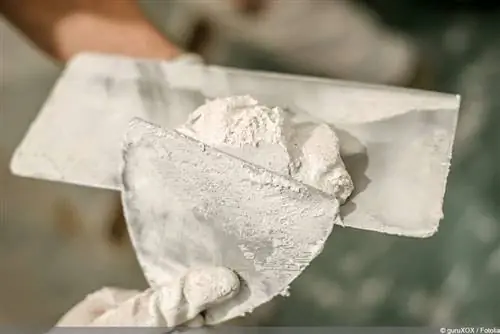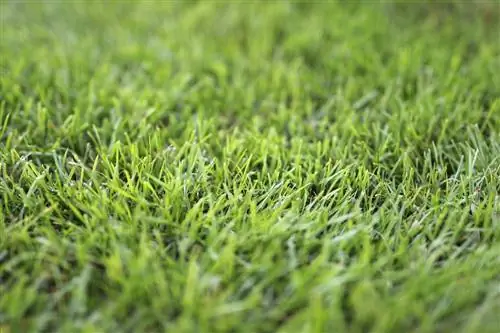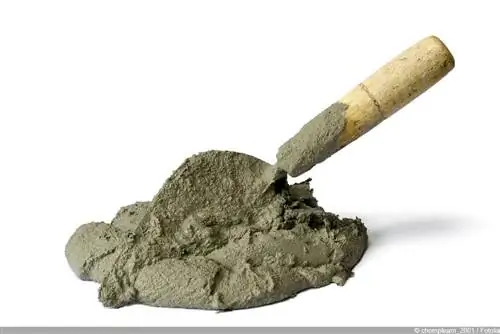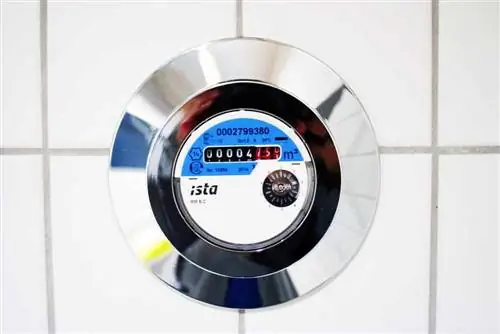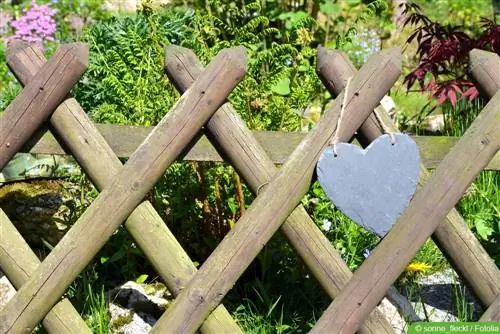- Author admin [email protected].
- Public 2023-12-17 03:39.
- Last modified 2025-01-24 12:45.
When applying interior plaster, it goes without saying that the right planning and technique are important. This also includes correctly calculating the required quantity. We explain how it works here.
Measuring
The first and most important step in determining the amount of interior plaster required is measuring the walls. This should be done very precisely and not estimated. There is no deduction for doors and windows with a surface area of less than two and a half square meters. The resulting surplus can be used, for example, to compensate for unevenness.
However, if the surface of passages, windows or doors is above this dimension, the area should be subtracted. Overall, the calculation is very simple. The length and height of the respective wall are simply multiplied together and then the values of all walls are added together. The following example illustrates the procedure:
Two walls are each 4 meters long and 2.5 meters high.
4 m x 2.5 m=10 square meters per wall
Two walls are each 3 meters long and 2.5 meters high.
- 3 m x 2.5 m=7.5 square meters per wall
- 10 sqm + 10 sqm + 7.5 sqm + 7.5 sqm=35 sqm
The room to be plastered therefore has a wall surface of 35 square meters. If the ceiling also needs to be plastered, the same calculation is required and the result must also be added.
Layer thickness
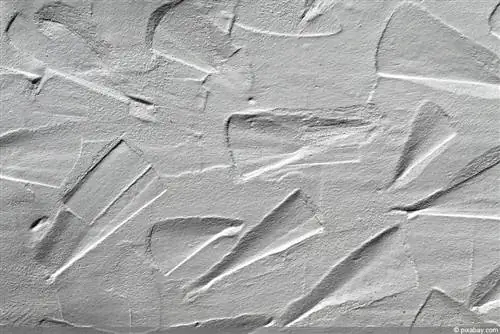
The second decisive factor in the need for interior plaster is the layer thickness. How thick the layer has to be depends on the type of plaster and the condition of the walls. Ten to 25 millimeters are common. However, in addition to the circumstances and the type of plaster, the manufacturer's information is also important. For interior plastering, you can look directly on the package but also pay attention to the information that can be viewed online.
As a rule of thumb:
- 10 millimeter layer thickness 15 to 18 kilograms per square meter
- 15 millimeter layer thickness 24 to 28 kilograms per square meter
- 20 millimeter layer thickness 32 to 35 kilograms per square meter
- 25 millimeter layer thickness 40 to 43 kilograms per square meter
Another factor is the nature of the surface. If concealed plaster has already been used and any unevenness has been leveled out, the amount of interior plaster can be significantly less. This allows you to achieve better results on the one hand and save costs on the other.

